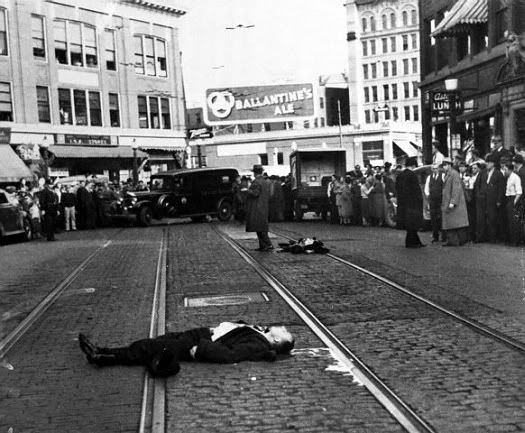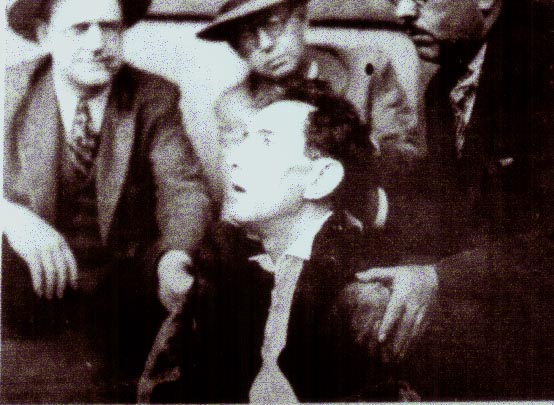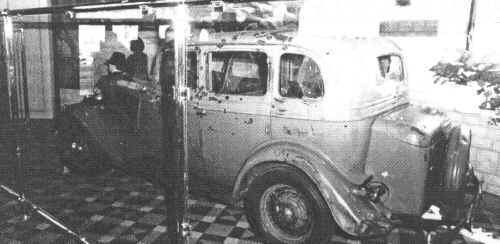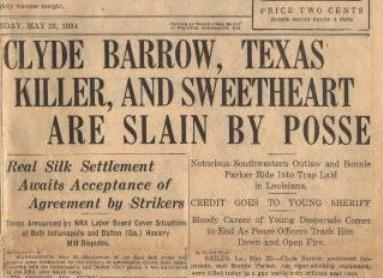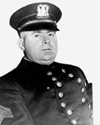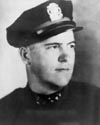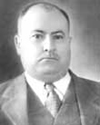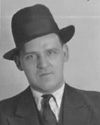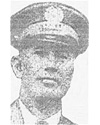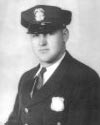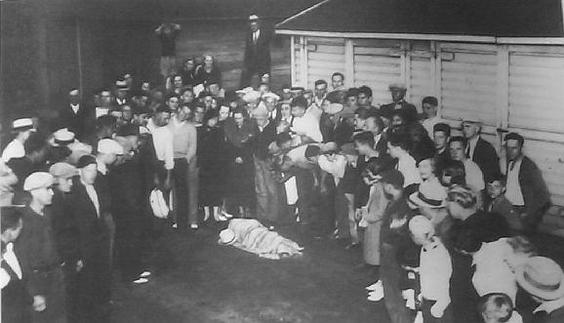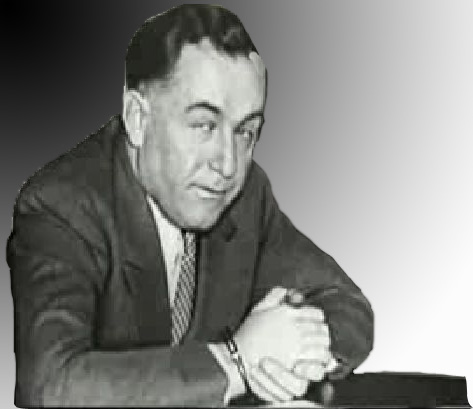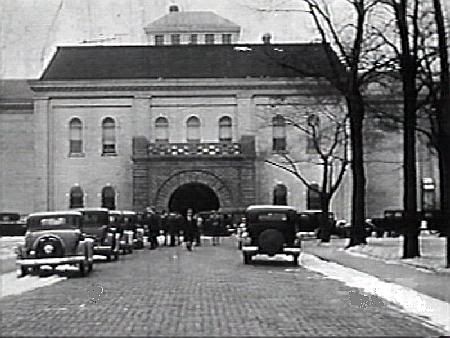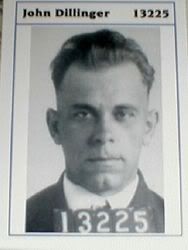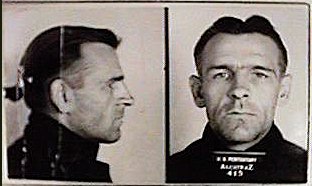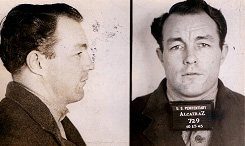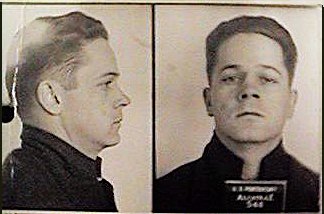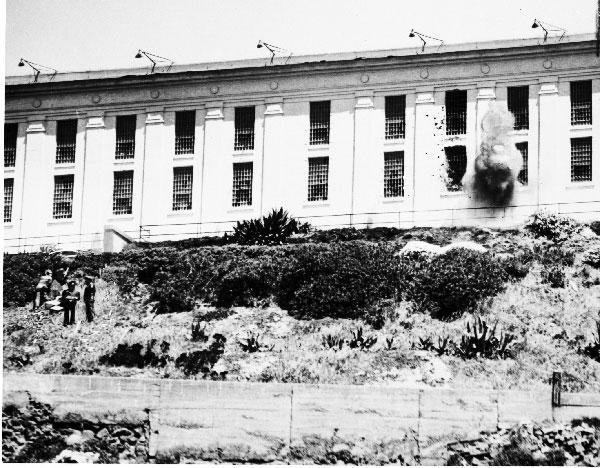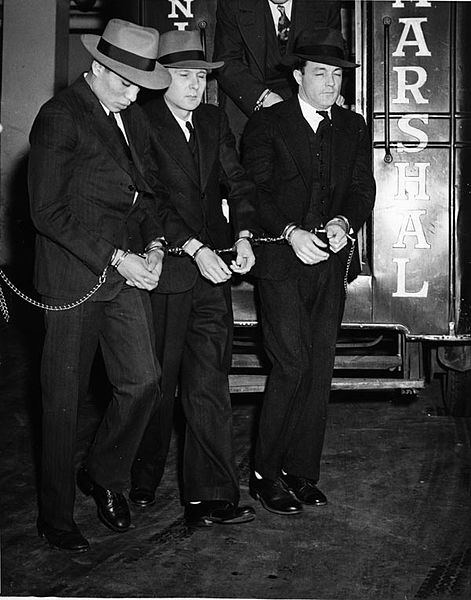Using four .38 caliber automatics smuggled into the prison in a bale of sisal used in the manufacture at the facility of whisk brooms by their friend, bank robber Frank "Jelly" Nash (soon to be captured by the FBI and become a victim of the Kansas State Massacre when a band of his friends try to free him from the men returning him to Leavenworth Prison), during a prison baseball game that is tied 2-2 in the sixth inning, a group of desperadoes led by master criminals Harvey Bailey (responsible for stealing $200,000 from the Denver Mint in 1922 and $1,000,000 from the Lincoln National Bank in 1931) and Wilbur Underhill (serving life for a series of robberies and three murders), take Warden Kirk Prather hostage, along with guards John Sherman and L.A. Laws.
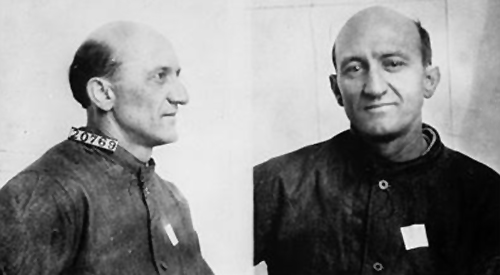
Frank Nash
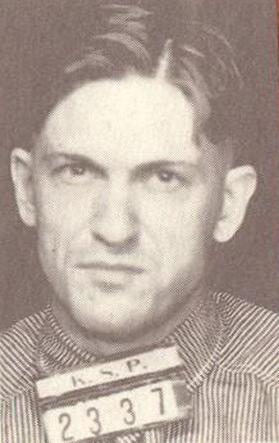
Wilbur Underhill
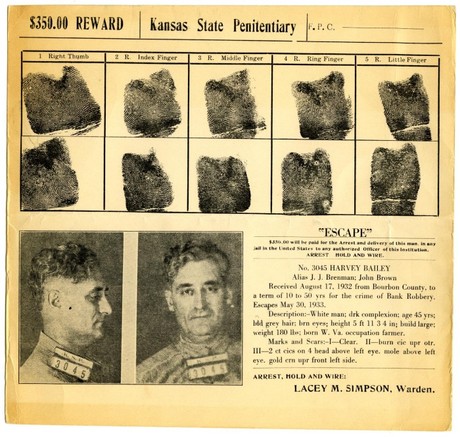
Harvey Bailey
As the prison break wildcat whistle alerts the entire town, using their hostages as human shields, the inmates convince the officers in the guard tower in center field to give up their weapons and a door key to the structure, elements of the escape that allow the convicts to climb up the tower, enter, and then lower themselves to the other side using an extension ladder they have confiscated from the twine shop. Every man for himself, loose on the free side of the prison's walls, the group of outlaws in possession of the hostages made up of Underhill, Bailey, "Big Bob" Brady, and Jim Clark, steal the car of prison farm superintendent W.W. Woodson (during the theft Bailey is shot in the knee by a local vigilante) and flee across the state line into the densely wooded forests of Oklahoma's Cookson Hills, but not before releasing their prisoners and giving them $5 for bus fare back to Lansing (showing he is a thief but not a killer, Bailey prevents Underhill from murdering the men for pleasure).
Out, but not for long, the men immediately go back to doing what they know best ... creating a havoc of kidnapping, robbery and murder (the first is on the night of 5/31, when WWI hero, police officer Otto Durkee, finds the men stealing a spare tire for their getaway car, a killing that leaves a widow and two children in its wake), a crime wave through the Southwest that lasts for several months of 1933, until one by one, the escapees are all caught or killed (Clark and Brady are captured near Tucumcari, New Mexico, Bailey is arrested by the FBI at a Paradise, Texas, hideout farm as the G-men search for Machine Gun Kelly, and while on his honeymoon, after foolishly using his real name, Underhill is killed in Shawnee, Oklahoma, when he engages in a gun battle with federal agents, state troopers, and local police that surround the cottage he is staying in).
